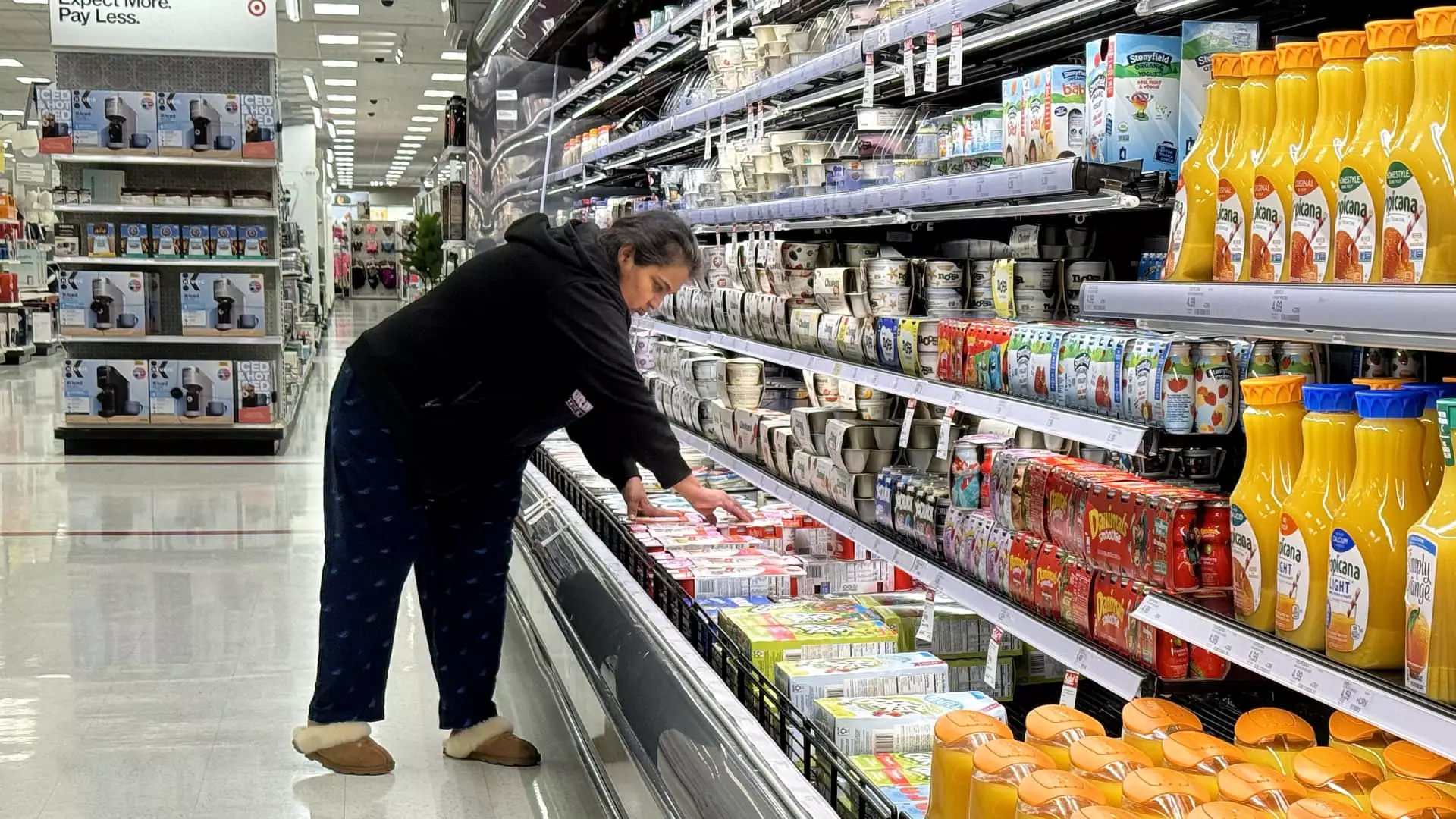In March, inflation remained a major concern as the personal consumption expenditures price index continued to show a significant increase. The index excluding food and energy rose by 2.8% from the previous year, matching the rate from February. This exceeded the estimated 2.7% and indicated that price pressures were still elevated. Additionally, the all-items PCE price gauge, including food and energy, increased by 2.7%, surpassing the 2.6% estimate. Despite these numbers, the reaction in the markets was minimal, with Wall Street expected to open higher and the benchmark 10-year note seeing a slight decrease in yield.
Surprisingly, consumers continued to spend despite the high price levels. Personal spending saw a 0.8% increase from the previous month, slightly higher than the expected 0.7%. Similarly, personal income grew by 0.5%, in line with expectations and higher than the previous month’s 0.3% increase. However, the personal saving rate declined to 3.2%, indicating that households were dipping into their savings to sustain their spending habits. This trend raises concerns about the sustainability of consumer spending in the long run.
The recent inflation data, combined with the disappointing report on gross domestic product growth, is likely to influence the Federal Reserve’s decision on interest rates. With the PCE rising at a 3.4% annualized rate in the first quarter, well above GDP growth, the Fed faces pressure to address the persistently high inflation levels. The Fed’s target inflation rate of 2% has been consistently surpassed by the core PCE for the past three years, indicating a need for intervention. The central bank policymakers are closely monitoring the data to determine the appropriate course for monetary policy in the coming months.
In light of the continuous inflationary pressures, the Fed may be hesitant to make any immediate rate cuts unless there is a significant change in the economic data. While investors may be hopeful for rate cuts, the Fed is likely to remain cautious and monitor the labor market closely for any signs of weakness before making a decision. As services prices rose by 0.4% and goods by 0.1% on a monthly basis, the Fed recognizes the need to address these inflationary trends. Food prices saw a slight decline, while energy costs increased, reflecting the complex nature of the current economic environment.
The impact of inflation on the economy continues to be a major concern for policymakers and investors alike. The persistently high price levels and consumer spending patterns pose challenges for maintaining economic stability and sustainable growth. The Federal Reserve’s decision on monetary policy in the coming months will be crucial in addressing these inflationary pressures and ensuring a balanced economic environment. As the data evolves, it is essential for all stakeholders to remain vigilant and adaptive to the changing economic landscape.

Leave a Reply